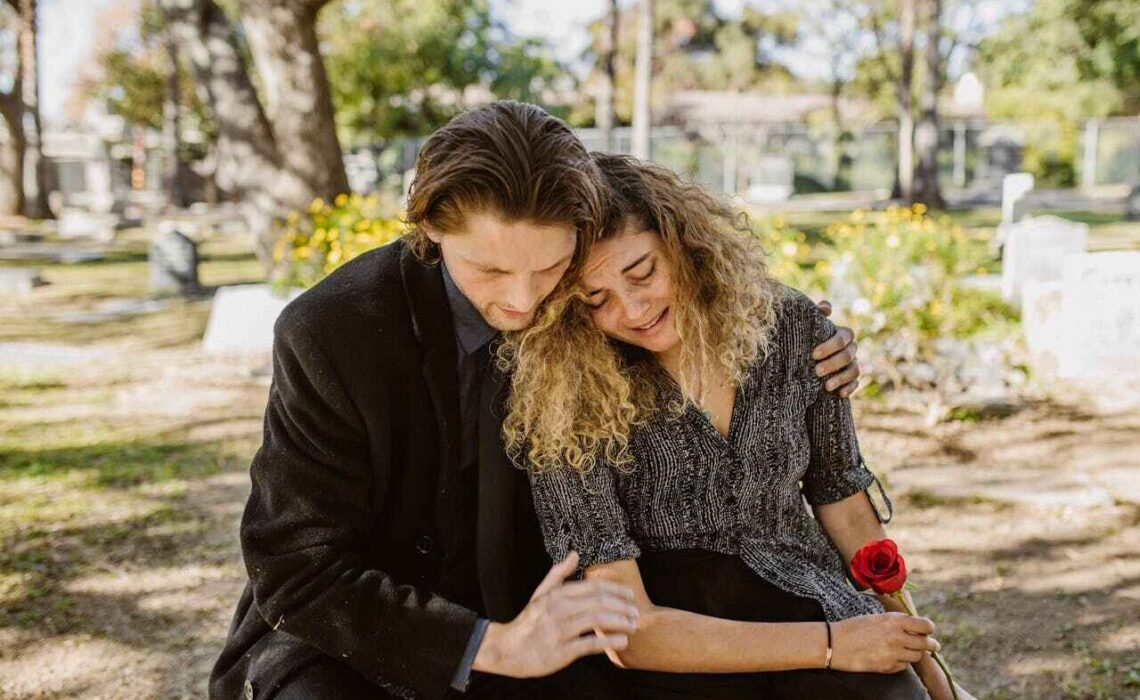Some days, everything just feels too heavy. You wake up, and the list of things to do seems endless. Bills, work, personal stuff, memories you wish would stay buried, they all pile on. And sometimes, no matter how much you want to explain it, there aren’t the right words. That’s where music and art quietly help. They don’t solve everything, but they let you feel and release some of what’s inside.
I remember a friend once telling me about a night she spent painting. She didn’t care what it looked like. She just kept moving the brush, letting the colors mix however they wanted. By the end, she felt lighter. Calmer. More like herself. That’s what creative expression can do: it quietly supports emotional healing.
1. Music That Talks to Your Heart
Table of Contents
Music has a way of finding you when you need it most. A soft song can calm your thoughts. A familiar tune can bring a memory back, and maybe a tear or a laugh. Even just listening for a few minutes can change how you feel.
You don’t need to be a musician to get this benefit. Singing while cooking, tapping your fingers along to a beat, or closing your eyes and letting a song wash over you can help process feelings that words can’t touch. And yes, music therapy is structured and helpful if you need guidance, but even casual listening, humming, or banging on a drum in your room works too.
2. Art Speaks Without Words
Art is similar. A blank page, a sketchbook, or even some clay can become a place where emotions show up. Colors, lines, textures, they often say what words cannot.
Art therapy focuses on the act of creating rather than what you end up with. People dealing with grief, anxiety, or stress often discover insights about themselves just by making something. And even small things, like doodling while waiting for coffee, can calm your mind. It’s not about making something perfect. It’s about letting what’s inside come out.
3. Creativity Connects Us
Even though art and music can be personal, they connect us too. Singing with a group, painting with a friend, or going to a workshop shows you’re not alone. It reminds you that everyone struggles sometimes.
Informal creative communities, local choirs, crafting meetups, and painting classes can be surprisingly comforting. They validate your feelings without asking for perfection. Sharing in a project, even casually, makes emotional healing feel achievable and less scary.
4. Make Creativity Part of Your Life
You don’t have to be talented. Small habits make a difference. Keep a sketchbook. Curate a playlist. Spend five minutes a day creating, humming, or moving to music.
Moving matters too. Dance in your living room, sway to your favorite song, or tap along. Small acts like these help you notice your emotions, release tension, and build resilience over time.
Conclusion: Healing Through Creativity
Music and art don’t take pain away. But they do give it space. They let you feel, reflect, and slowly understand what’s inside. Healing isn’t about fixing everything at once. It’s about letting yourself experience what you feel.
For anyone seeking emotional healing, even a few minutes with a song, a sketchbook, or a painting can make a huge difference. It can turn tension into calm, loneliness into connection, and confusion into clarity. Creativity doesn’t rush you or judge you. It just walks with you, quietly, as you figure things out.





No Comments